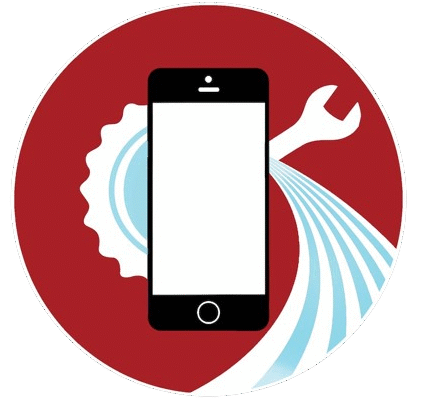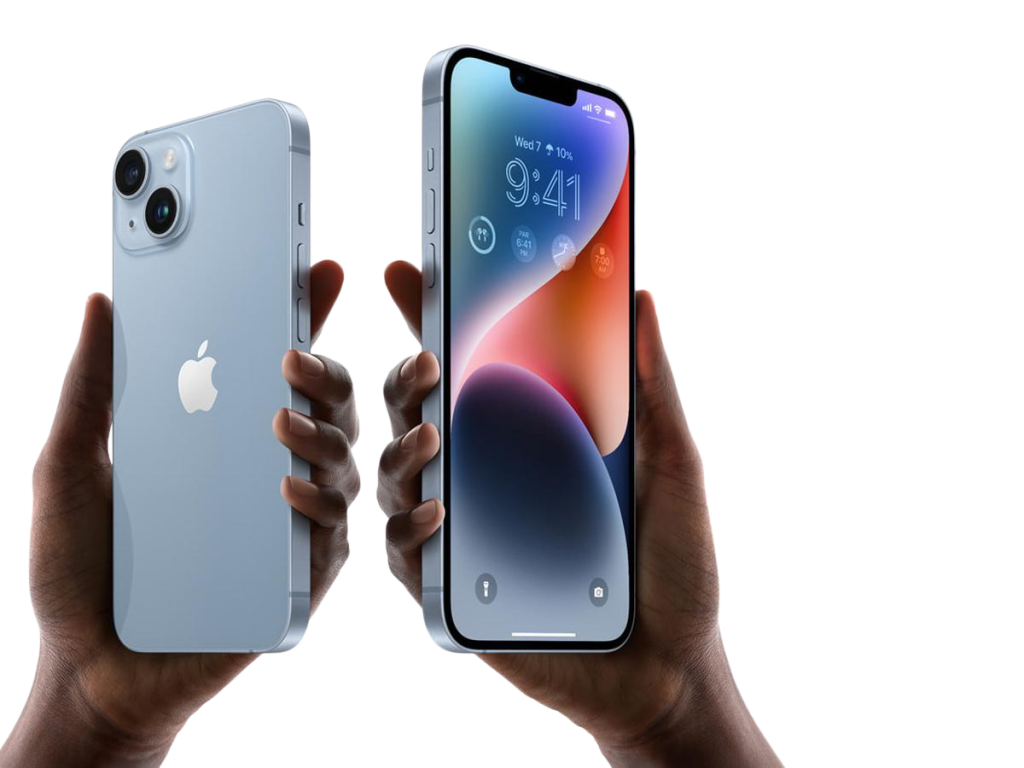The Ultimate Guide to Fixing a Cracked iPad Screen (Digitizer Replacement)
A cracked iPad screen doesn’t have to be a costly disaster. This comprehensive iPad screen replacement guide teaches you how to perform a professional-grade iPad digitizer replacement yourself and save hundreds.
1. Essential Tools and Replacement Parts
Before starting your iPad repair, ensure you have a clean workspace and all necessary items. Using cheap tools is the fastest way to damage your internal components!
Heat Source
A heat gun or powerful hair dryer to soften the strong adhesive.
Opening Picks & Pry Tools
Thin plastic tools to slice through the adhesive and separate the screen.
New Digitizer Assembly
The new glass panel with the touch sensor already attached. (External Link to Parts)
2. Data Backup & Safety Checklist
- Power Down: Hold the power button and slide to power off the iPad completely.
- Backup Data: Ensure your data is fully backed up to iCloud or a computer (iTunes/Finder).
- Safety Goggles: Cracked glass can splinter. Protect your eyes!
- Anti-Static: Use an anti-static mat or wrist strap to protect sensitive internal components.
3. Step-by-Step: The iPad Screen Replacement Process
Step 1: Soften the Screen Adhesive with Heat
Using your heat source, apply heat evenly around the perimeter of the iPad. Work in 30-second intervals to avoid overheating the battery or logic board. The goal is to make the adhesive gummy, not molten.
Step 2: Carefully Pry the Cracked Digitizer
Insert a thin opening pick into the seam, starting from the side opposite the home button. Once you have a small gap, insert more picks and slowly slice through the remaining adhesive, leaving the LCD (the picture-producing panel) inside.
Step 3: Disconnect the Flex Cables
Once separated, the screen will still be attached to the iPad’s logic board via thin flex cables. Use a plastic spudger to gently disconnect the cables (often held down by small metal shields) to completely free the broken screen.
Step 4: Clean, Connect, and Assemble
Thoroughly scrape away any old adhesive from the frame. Test the new digitizer by connecting the flex cables *before* sticking it down. Once verified working, apply new adhesive and carefully seat the new screen.
4. Troubleshooting Common Issues
- Screen Doesn’t Work: Ensure the flex cables are perfectly seated. Even a slight misalignment can prevent the touch functionality from initializing.
- Home Button Doesn’t Click: Check that the home button transfer cable (if applicable to your model) is connected securely and is correctly positioned in the new digitizer.
- Dead Spots: If the touch only works in some areas, disconnect and reconnect the digitizer cable again. Sometimes, a simple reset of the connection is all it takes.
Need a Pro? We’re the Experts.
While the DIY route saves money, tablet and iPad repair can be challenging. If you find yourself in a tight spot, remember my team at Diligent Device Repair (and my experience from my days at Slick Phone Repair in Euless) handles these issues every day. We offer fast, guaranteed service for all Apple devices.
Get a Free Repair Quote Today!
